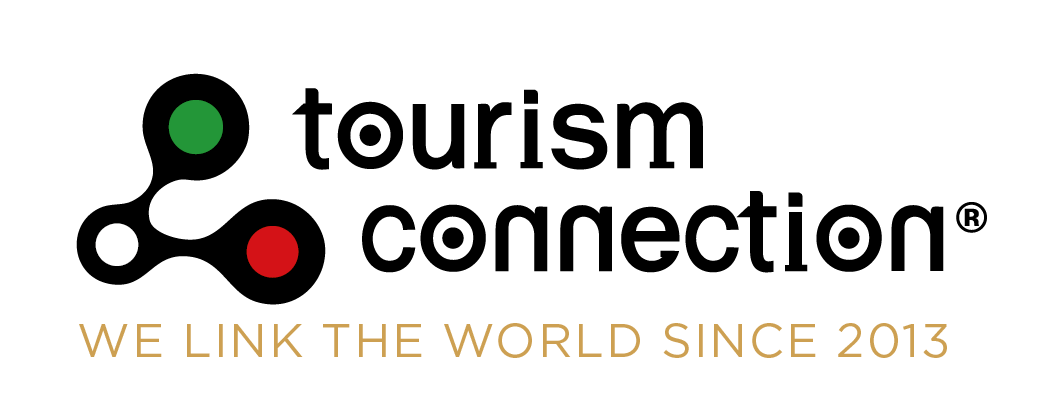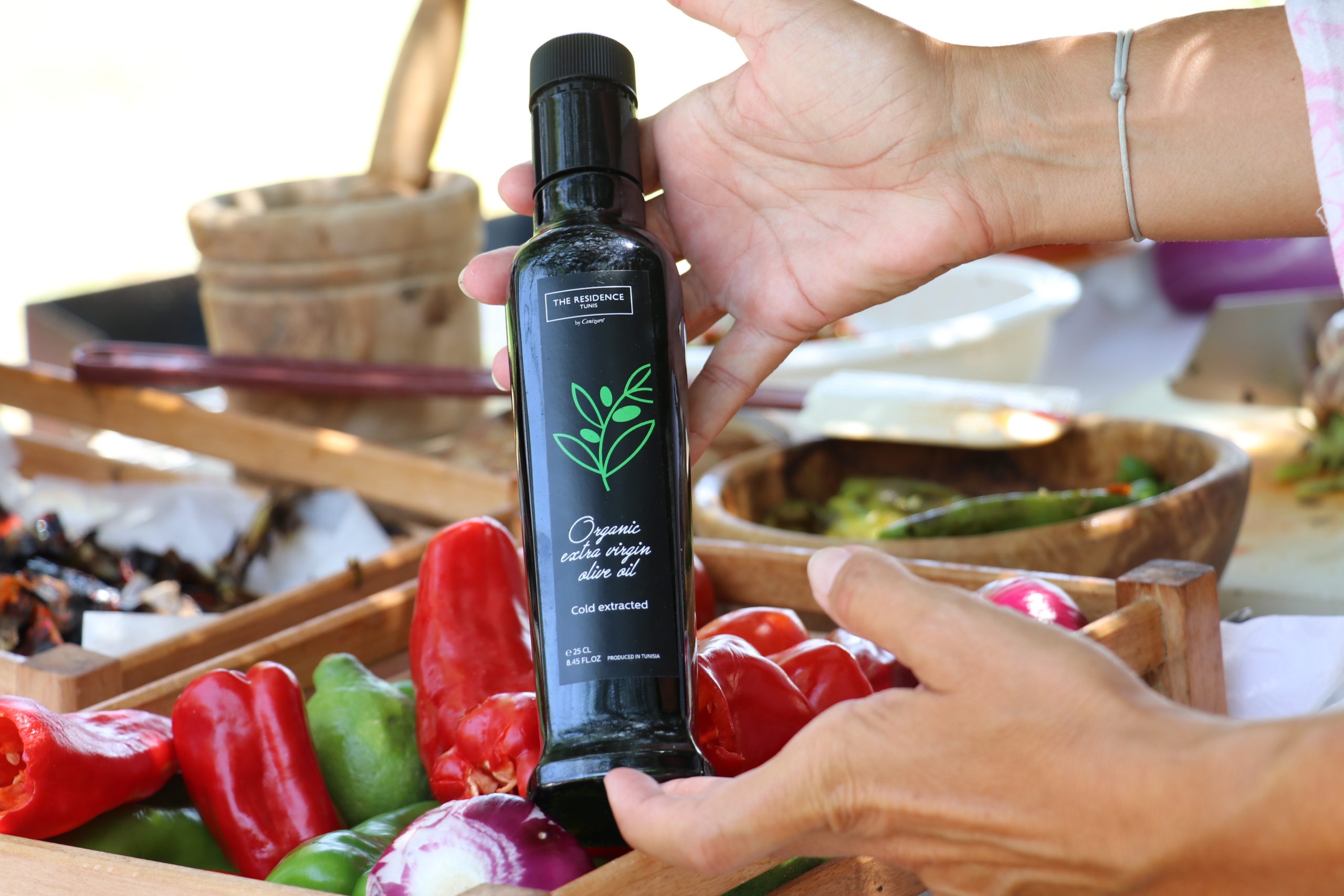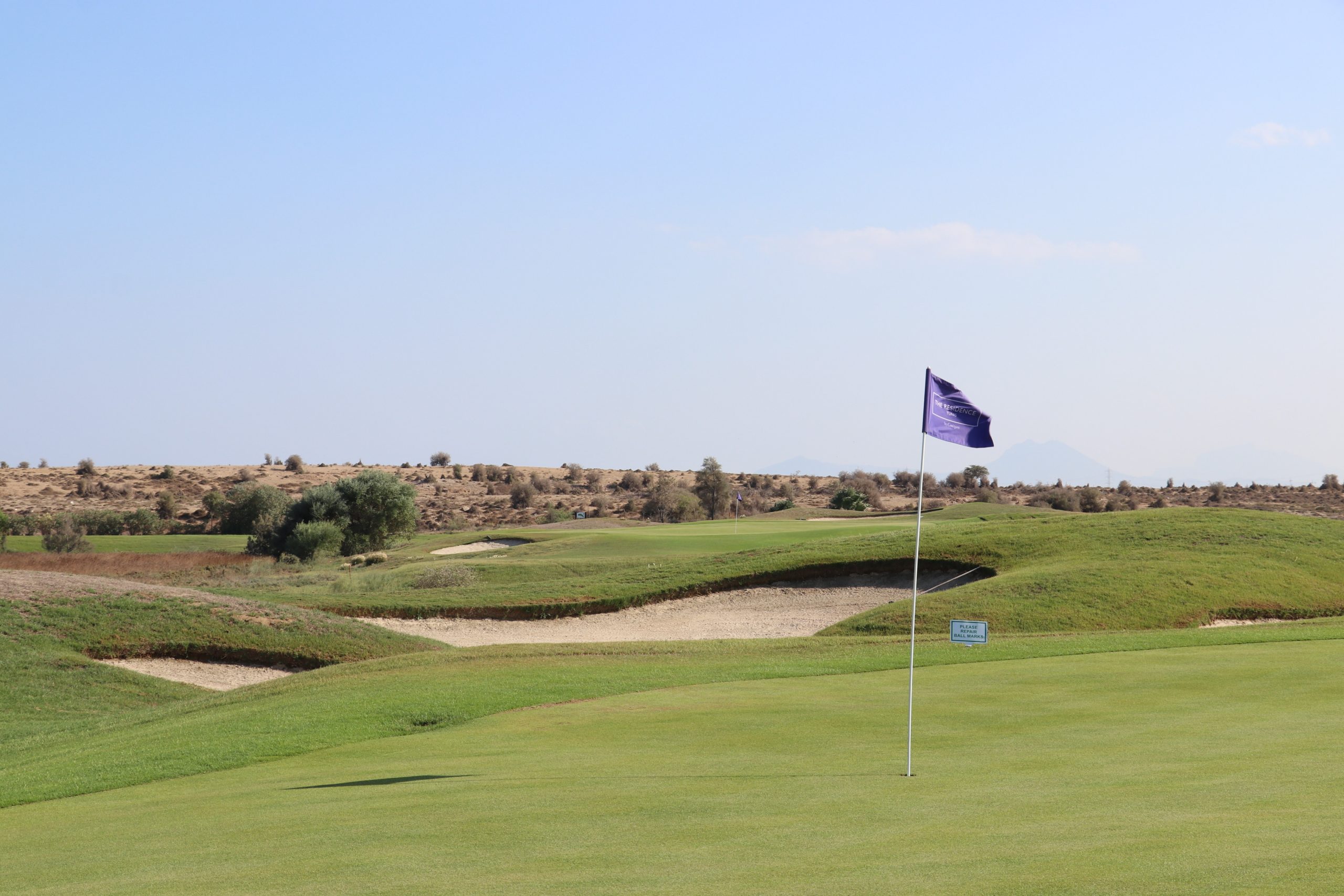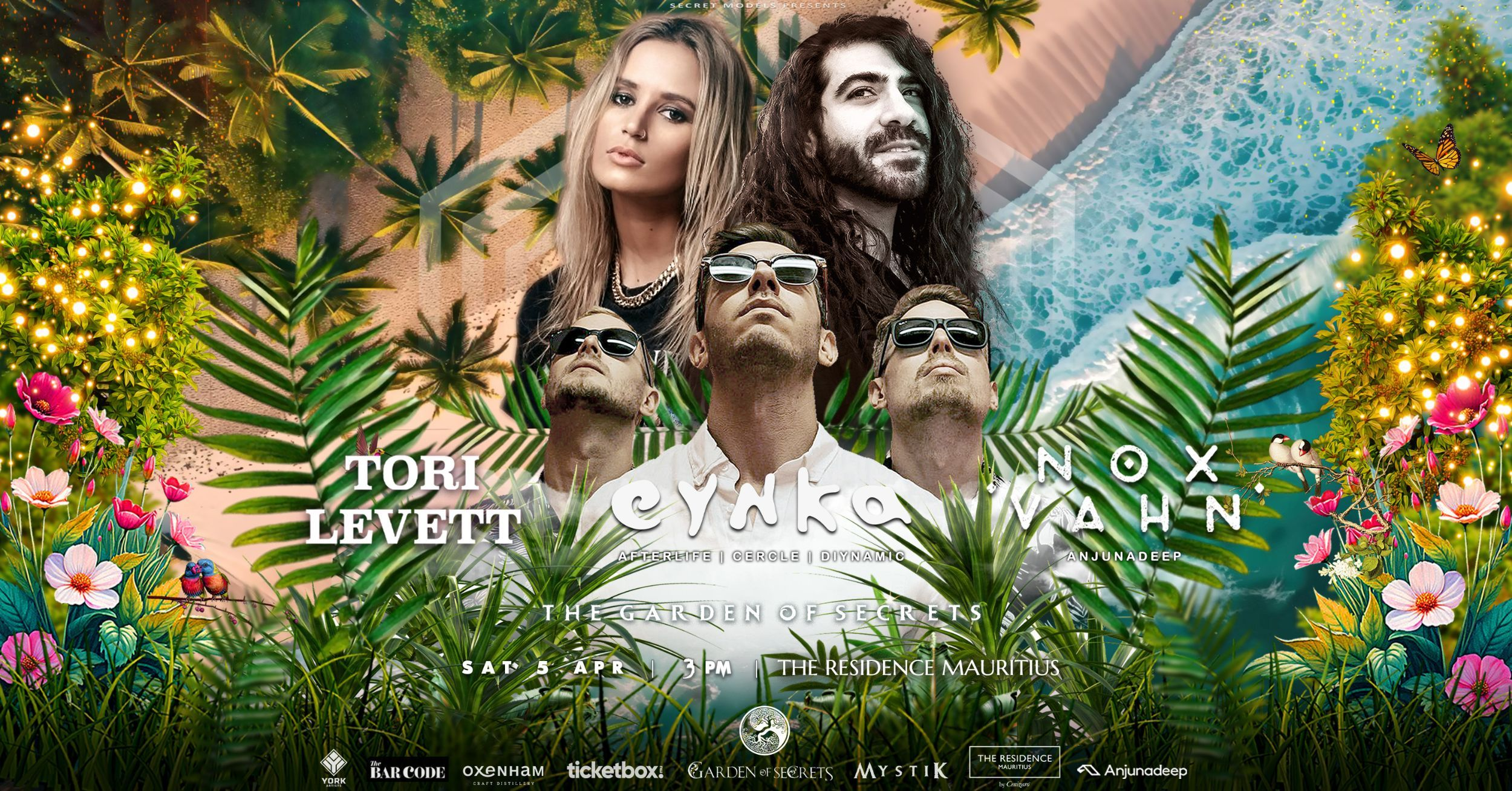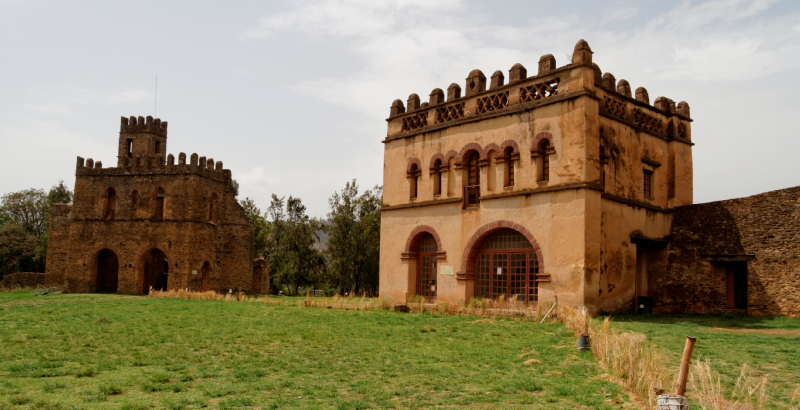Dopo 4 anni, il Santo padre tornerà in africa come “Pellegrino di Pace, Speranza e Riconciliazione”, come recitano i Motti dei rispettivi Paesi
In Madagascar dopo Giovanni Paolo II
Venerdì 6 settembre, l’arrivo ad Antananarivo con la cerimonia di benvenuto è previsto per le 16.30. Il sabato 7 settembre la giornata si aprirà con la visita di cortesia al presidente nel Palazzo Presidenziale “Iavoloha”, quindi il discorso alle Autorità, alla società civlie e al corpo diplomatico e, prima del pranzo in Nunziatura, Francesco farà tappa al Monastero delle carmelitane scalze. Il pomeriggio e l’intera domenica 8 settembre saranno dedicati alla comunità cattolica che in Madagascar rappresenta circa un terzo della popolazione (8 milioni su 25 circa), maggioritariamente cristiana (58%) cui si affianca la forte presenza di culti tradizionali.
Il 9 settembre, a visita a Mauritius
L’ultimo giorno del viaggio del Papa, il 9 settembre, sarà dedicato a l’isola di Maurizio dove le origini della Chiesa affondano nel XVII secolo e la prima Messa venne celebrata dai Gesuiti nel 1616.
“Sarà una gioia per me annunciare il Vangelo in mezzo al vostro popolo, che si distingue per essersi formato dall’incontro di diverse etnie, e che quindi gode della ricchezza di varie tradizioni culturali e anche religiose”. Lo dice il Papa in un videomessaggio di saluto e di ringraziamento inviato al popolo di Mauritius nell’imminenza del suo viaggio apostolico.
Se una delle peculiarità di Mauritius è rappresentata dall’ emblematico slogan: “L’isola dai mille sorrisi” oggi la visita del Papa convalida una volta di più questa sua caratteristica.
Di certo, la Repubblica di Mauritius, il gruppo di isole a largo del Madagascar che il Papa si appresta a visitare rappresenta un esempio di società pacifica e democratica che ha fatto della convivenza tra gruppi etnici, religiosi e culturali, il proprio punto di forza. Chi la considera una parte d’occidente in Africa, chi il luogo più vicino al concetto di paradiso terrestre al mondo. Se Francesco, nel suo lungo viaggio in Africa australe ha scelto di fare tappa proprio in questo Paese e ai suoi 1,3 milioni di abitanti, probabilmente è anche per questo importante motivo.
